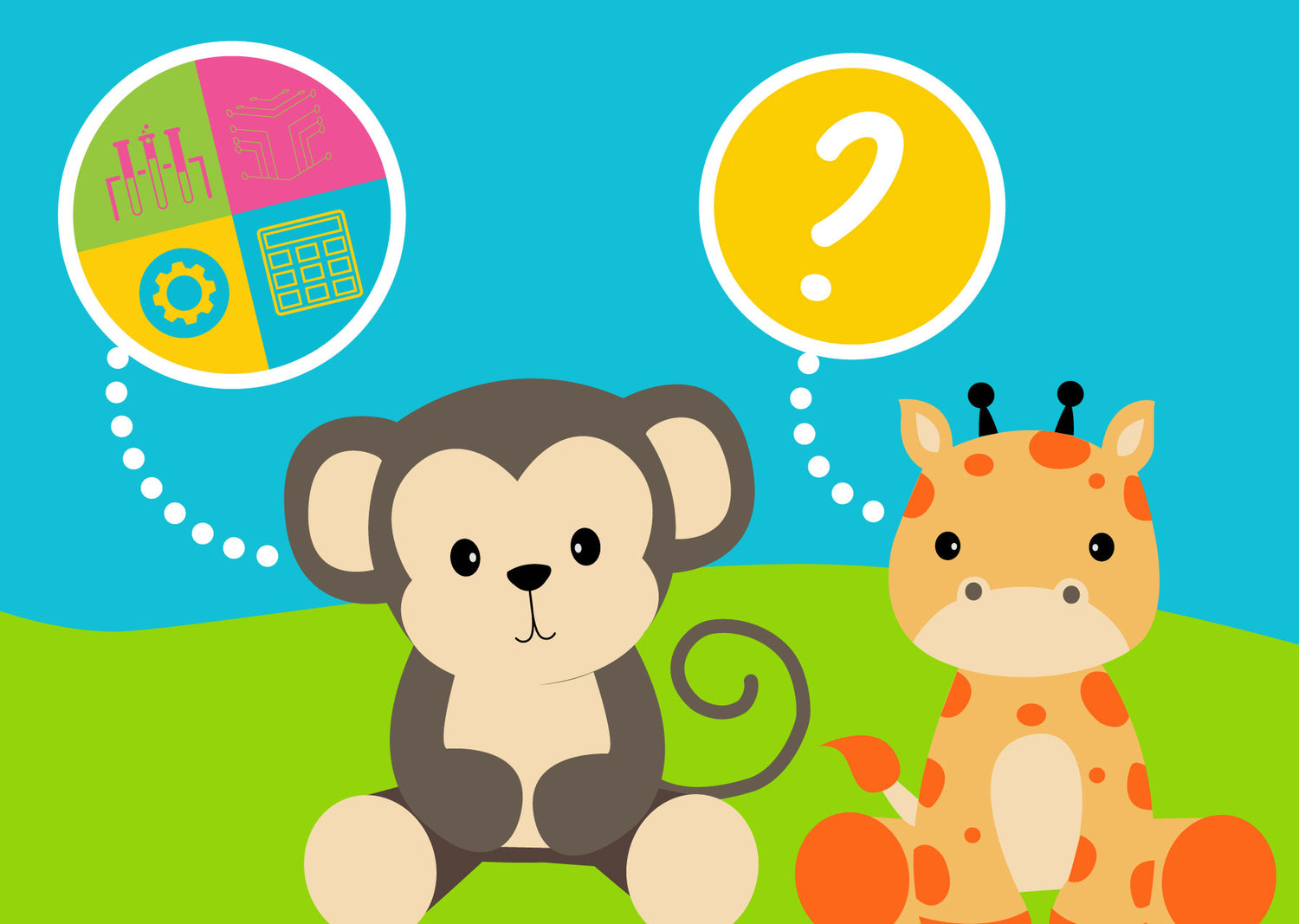STEM Categories

The toy supports one or more learning goals in at least two STEM subjects.
Indicators: A ‘Minor’, ‘Moderate’, or ‘High’ response to at least two of the four specific STEM categories:
None |
Minor |
Moderate |
High |
|---|---|---|---|
Has no potential to support age appropriate learning goals in this area. |
Has little potential to support age appropriate learning goals in this area. Supports one learning goal to some extent for some children. |
Has some potential to support age appropriate learning goals in this area. Strongly supports one learning goal, or two learning goals to a lesser extent, for some children. |
Has high potential to support age appropriate learning goals in this area. Supports two or more learning goals, or multiple learning goals to a lesser extent, for most children. |
Science Criteria
Scientific Practices |
Organisms |
Matter |
Forces |
Earth’s Systems and Human Activity |
|---|---|---|---|---|
|
|
|
|
|
Technology Criteria
Digital Tools |
|---|
|
Engineering Criteria
General Engineering |
|---|
|
Mathematics Criteria
Numbers and Operations |
Shapes and Measurements |
Analysis |
|---|---|---|
|
|
|

